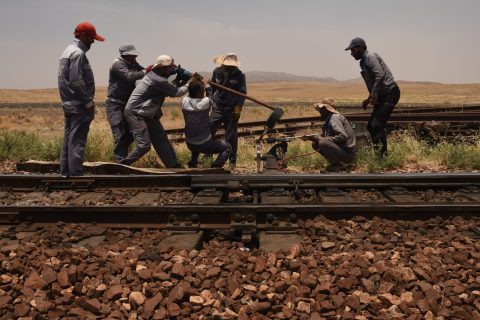New cargo types on the Silk Road: how are companies adapting?

Rail freight volumes on the New Silk Road significantly declined in 2022. However, volumes for specific cargo types, including chemicals and pharmaceuticals, have actually increased. How are companies adapting to these new trends? RailFreight.com had a chat with Fabrice Vanderspickken, Senior Manager Asia Rail at intermodal company H.Essers, about their new reefer container solution.
Vanderspickken pointed out that there has been a higher focus on high-value goods in 2022 when it comes to the New Silk Road, especially concerning chemicals and pharmaceuticals. Similar claims were made during the European Silk Road Summit in December 2022. Back then, Ganyi Zhang, political and economic strategist a Geodis, claimed that volumes of chemical goods shipped via rail between China and Europe had a year-on-year increase of 77 per cent.
H.Essers: a new reefer container solution to adapt to new cargo types
Vanderspickken specified that general volumes decreased for H. Essers as well but that there was “an increase in demand for temperature-controlled cargo on the New Silk Road”. More specifically, the company ships chemicals, pharmaceuticals, and machinery from Europe to China. For westbound trains, the company transports active pharmaceutical ingredients (API), retail, fashion, and general goods. To adapt to the new types of cargo running on the New Silk Road, H.Essers developed a new reefer container for the transportation of high-value goods.
The new container, as Vanderspickken highlighted, allows the company to run trains from Europe to China and vice versa without having to stop for refueling. This innovative feature allows the company to avoid stops on the way that could delay the arrival of trains. This is a significant advantage when transporting temperature-controlled goods because it doesn’t leave them exposed for periods of time longer than the actual journey. In the video below, Vanderspickken explains more in detail about the feature of H.Essers’ new container and gave a more specific overview of the company’s trends on the New Silk Road.
Also read:




